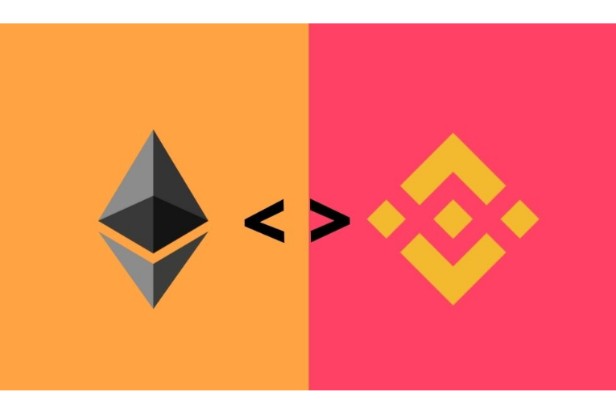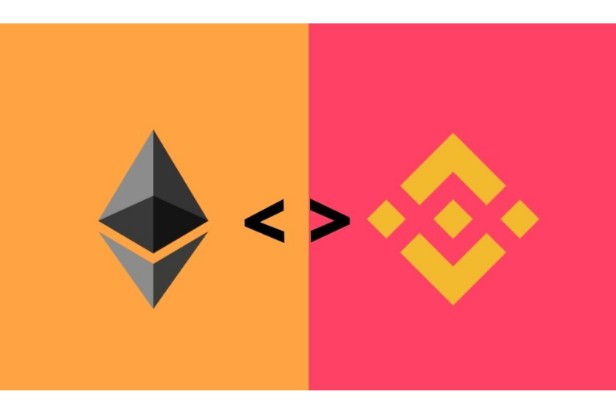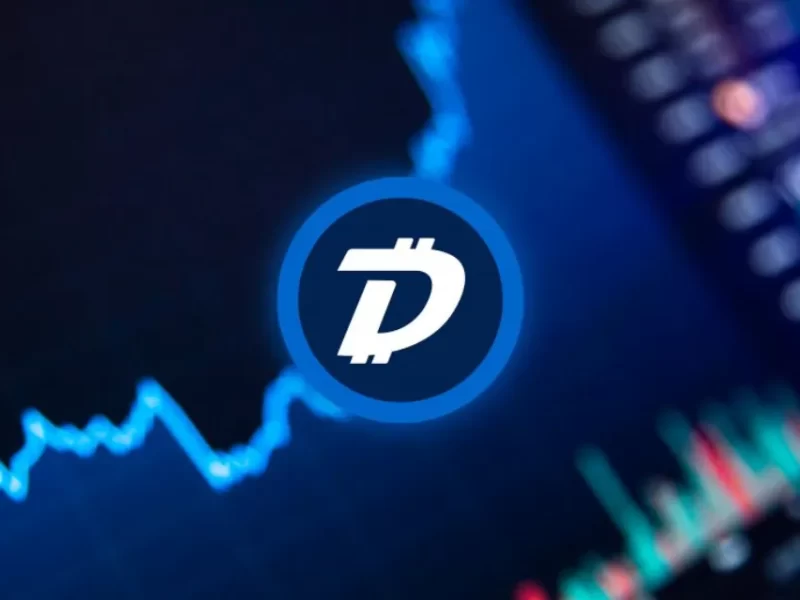One of the networks with the most opportunities and liquidity is Binance Smart Chain (BSC). However, some people might find it challenging to onboard from ETH. The two methods you could use to use bridge from Ethereum (ETH) to Binance Smart Chain (BSC) will be covered in this tutorial.
BNB Chain Information
The BNB Chain, also known as the Binance Chain or the Binance Smart Chain (BSC), is made up of both chains. The BNB Chain (abbreviation for “Build, ‘N Build”) enables It continues to be compatible with the Ethereum Virtual Machine (EVM) and BNB Chain governance for functions like staking and voting.
The BNB Chain aims to increase interoperability across the blockchain ecosystem and develop the core infrastructure to enable and connect the “world’s parallel virtual environment.” The BNB Chain has a higher BSC throughout, is able to implement an on-chain governance mechanism, has one-to-many chain scaling, and has scaling solutions that are generally better.
This chain has more new and improved features than its two separate parts combined. Additionally, it increased the number of BSC validator sets from 21 to 41!
Ethereum Mainnet Information
Digital currency and data-friendly services are freely accessible on the decentralized Ethereum blockchain platform. The decentralized applications (dApps) that many people use today, including Ether (ETH), also known as Ethereum, were created using this community-built technology. Users of Ethereum can develop, publish, monetize, and use applications on the platform while using its cryptocurrency, Ether (ETH), and their own set of tools and programming language, Solidity. Ethereum functions as a decentralized public ledger for verifying and storing transactions while enabling direct financial transfers and business agreements.

How to Bridge from ETH to Binance Smart Chain (BSC) on Anyswap
Anyswap Router
Our native-to-native swap, Router, primarily uses Ethereum and stablecoins.
Step 1 — Choose the Router option (Bridge and Router will be unified in the future, so you won’t need to switch between them).
Step 2 — Pay attention to all the fees and other information. Right now, the fee from ETH to BSC is a flat 90 cents.
Step 3 — Verify that there is sufficient liquidity for the transaction you intend to complete (in this example, the transaction would be for $100k, and there is sufficient liquidity for up to $795k).
Step 4 — To send money, enter the amount and then confirm the USDC. Wait a few minutes after accepting in Metamask before clicking Swap.
The status of your transaction can then be checked by visiting anyswap.net or the link located in the top right pop-up window.
Anyswap V2 Bridge
Our Mint and Burn bridge is Anyswap v2, and it is the one that is used for the majority of the tokens.
Step 1 — Select Bridge.
Step 2 — Check the limits and fees, it is actually free to send most of the tokens to BSC!
Step 3 — After approving the token in Metamask, wait a few minutes, and then click Swap.
Then, you can use the link in the top right pop-up window or anyswap.net to check the status of your transaction.
What is a Blockchain/Crypto Bridge?
Similar to physical bridges, blockchain or cryptocurrency bridges connect digital ecosystems together rather than physical locations. Between the blockchains that are connected by these bridges, information and assets can be transferred. It is referred to as a cross-chain transfer.
For instance, if you need to use USDT on Ethereum Mainnet but only have USDT on BNB Chain, you can either deposit more USDT specifically on Ethereum Mainnet or you can find an Ethereum bridge that will transfer your USDT from BNB Chain to Ethereum Mainnet so you won’t have to pay more to acquire more USDT just because it is on Ethereum.
In terms of the technical aspects of how the cross-chain transfer is carried out, there are various types of bridging as well. When there are asset liquidity pools on both the source and destination blockchains, there is a method of bridging based on liquidity. Additionally, there is canonical-based bridging, in which a locked asset on the source chain is replaced by a new asset on the destination chain.
Normal assets and fungible tokens are not the only things that can be bridged and transferred across chains. Non-fungible tokens (NFTs) can be moved between chains using bridges as well. cBridge supports 2 main models when it comes to Multi-chain native (MCN) NFT bridging, pegged NFT bridging, and NFT bridging.
Similar to the aforementioned canonical-based bridging is pegged NFT bridging. The NFT is locked on the source chain, and a new NFT is minted on the destination chain to represent the locked NFT. In the MCN NFT bridging model, however, a MCN NFT does not have the notion of “origin chain” or “original NFT”. When transferring an MCN NFT from chain A to chain B, the only pattern is “Burn-and-Mint” so that there is always only one across each chain, NFT.
Then there are the different levels of “trust” you can have in a crypto bridge. Trusted and trustless bridges are the two primary varieties. When using a trusted bridge, you must put your trust in that bridge’s central system or other external entity. Trustless bridges, such as our own cBridge, are entirely managed and operated by automated smart contracts and algorithms that share the same level of security and dependability with the blockchain.
What Are the Benefits of Using a Blockchain/Crypto Bridge?
There are many reasons you may want to use a bridge to do a cross-chain transfer between different blockchains:
Lower Transaction Fees
As opposed to slower, more crowded chains like Ethereum Mainnet, you can benefit from platforms with faster speeds and lower transaction fees. In particular, when investigating various decentralized applications (dApps). You can bridge your USDC or any other asset from Ethereum to alternative chains like BNB Chain by looking at those chains. You can then acquire some of the chain’s utility token and benefit from the lower transaction fees and faster speeds provided to chains like BNB Chain.
Take Advantage of Other Dapps and Opportunities on Different Blockchains
You can use a cross-chain transfer to move your USDC from BNB Chain to Ethereum Mainnet in order to benefit from the higher interest rate if you have been providing liquidity for lending out USDC on BNB Chain but notice that the interest rate is significantly higher for doing so there.
Explore Other Blockchain Ecosystems
There are more blockchains and decentralized applications (dApps) available than ever before in the Web3 world, which is expanding quickly. Given the wide range of compelling reasons why developers are choosing the chains they are, it can be challenging to decide which chain to invest in. This problem is resolved in part by bridges and inter-chain transfers. This increases your options for exploring alternative L1 chains and the native dapps and services that they offer by enabling you to bridge assets like ETH, USDT, USDC, and BTC to various chains.



